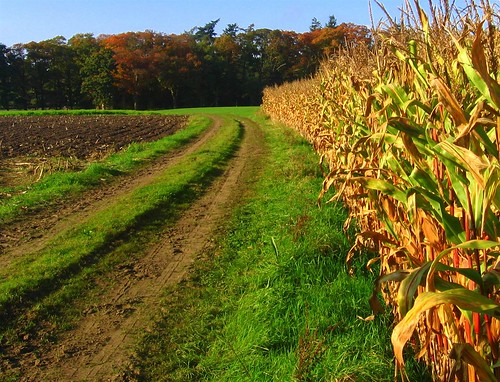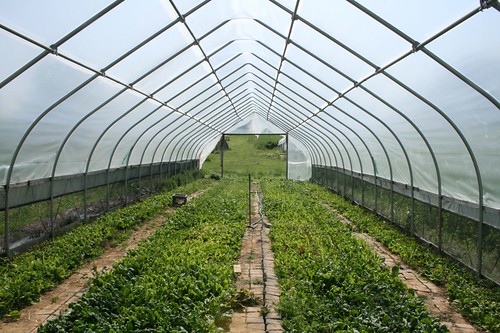[Cross-posted from the DC Food For All.]
I have a view on fresh produce that might not shock you: Everyone should be able to buy it.
But for many low-income folks, that option doesn’t exist. The cost is simply too high. As Bread for the City's nutrition consultant, many of my patients tell me that money is the leading reason they don’t make healthier choices. They're happy to receive the fresh produce that Bread for the City now includes in every bag. But that only covers a few days out of the month. When they have to shop for the rest, they find ready-to-eat meals, fast food, soda, snacks, and corn- and grain-fed beef and pork to be downright cheap when compared to fruits and vegetables.
Does it have to be this way?
Consider that the government already plays a role in making some crops plentiful and cheap; wheat, soy, and corn are all heavily subsidized. And since those subsidies are substantial, some farmers are encouraged to plant more of them and less fruits and vegetables. This is part of why fresh produce seems out of reach at the market for many, and grocery carts are instead stuffed with the cheap products derived from wheat, soy, and corn. These days it truly takes a vigilant consumer to avoid the omnipresent high-fructose corn syrup, partially hydrogenated soy and corn oil, and additional fat from cattle and pigs that survive on inexpensive corn and grain-based feed.
 Flickr credit: frederikvanroest/ / CC BY 2.0
Flickr credit: frederikvanroest/ / CC BY 2.0
Why not level the playing field a bit more? What about subsidizing produce like broccoli, watermelon, and garlic? Or what about bulk government purchasing of these foods, an approach many farmers prefer? Imagine if fresh peaches were a true price-point alternative to peach Fruit Roll-Ups. It would cost money, for sure, but it could also have a significant impact on the dignity, health (and health-care costs) of lower-income folks who otherwise wouldn’t be able to afford it.
 Claggett Farm - http://www.flickr.com/photos/galant/ / CC BY 2.0
Claggett Farm - http://www.flickr.com/photos/galant/ / CC BY 2.0
Now check this out: The agricultural subsidies are passed by Congress in the same bill as food stamp funding. Some experts say that the farm lobby pushes hard to keep the two connected, as politicians are less likely to cut subsidies if almost 34 million people in need are depending on the bill’s passage.
So essentially, the current distribution method of agricultural subsidies affects the health issues of our country’s low-income citizens. Yet subsidy funding persists, in part, because of the needs of those same low-income citizens. Ouch.
Agriculture subsidies are a pretty controversial topic in public health and agriculture policy circles. I won’t pretend to get it all right in this post, but I do intend to invite more discussion.
What do you think?





No comments:
Post a Comment